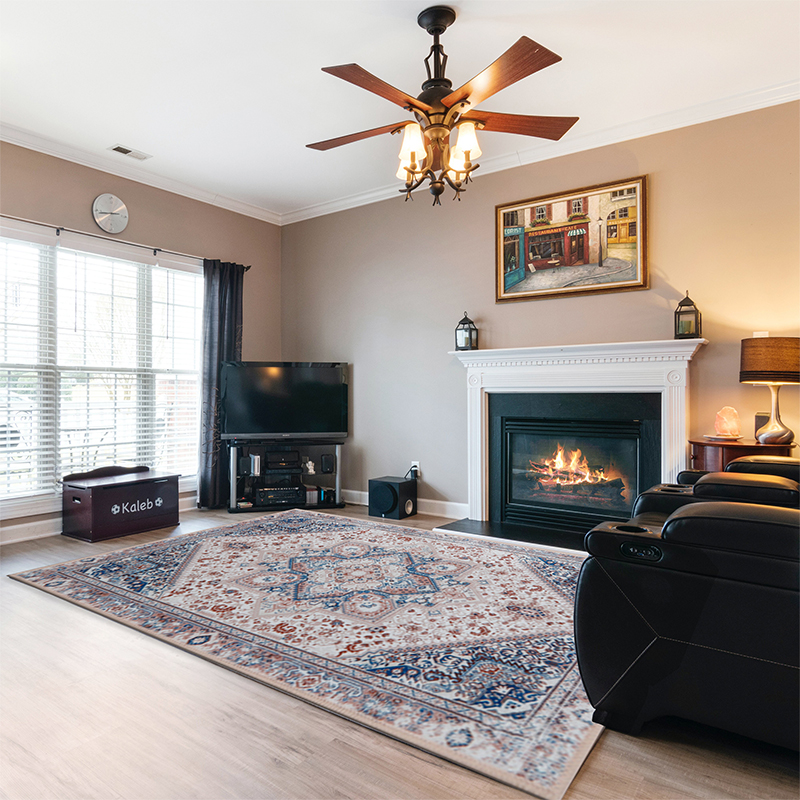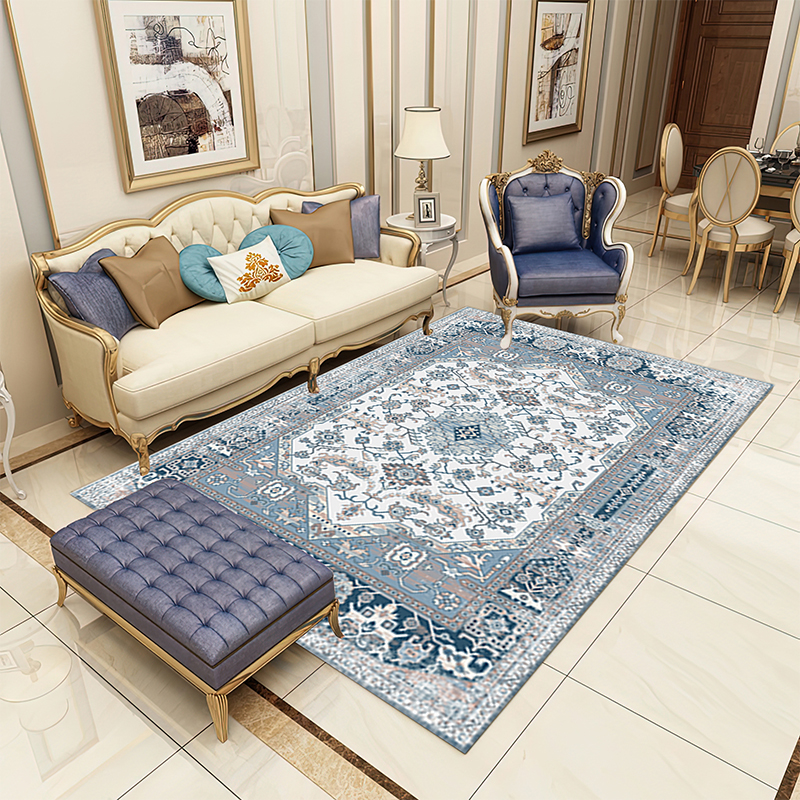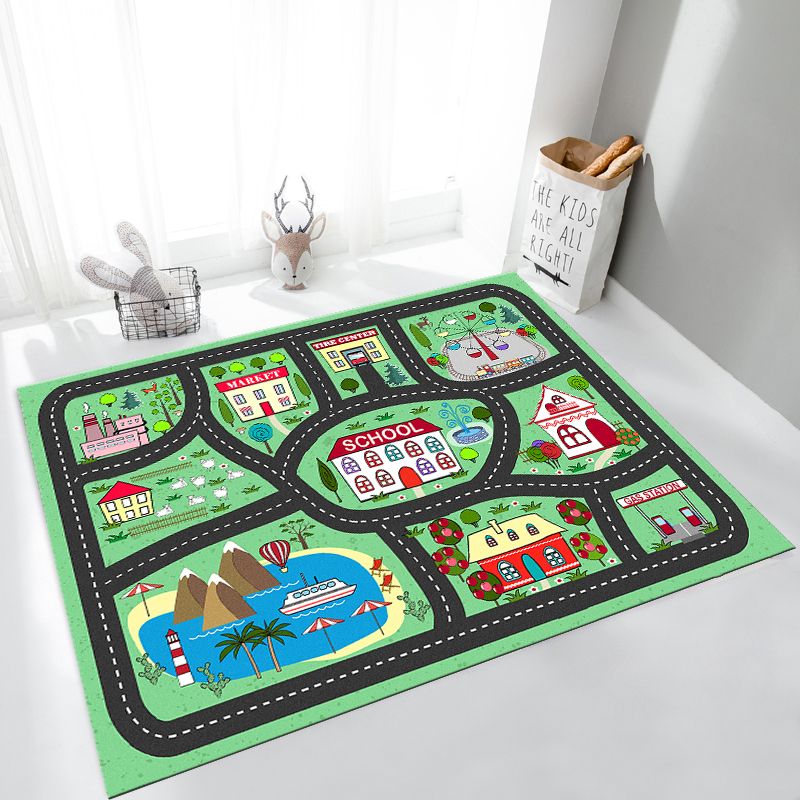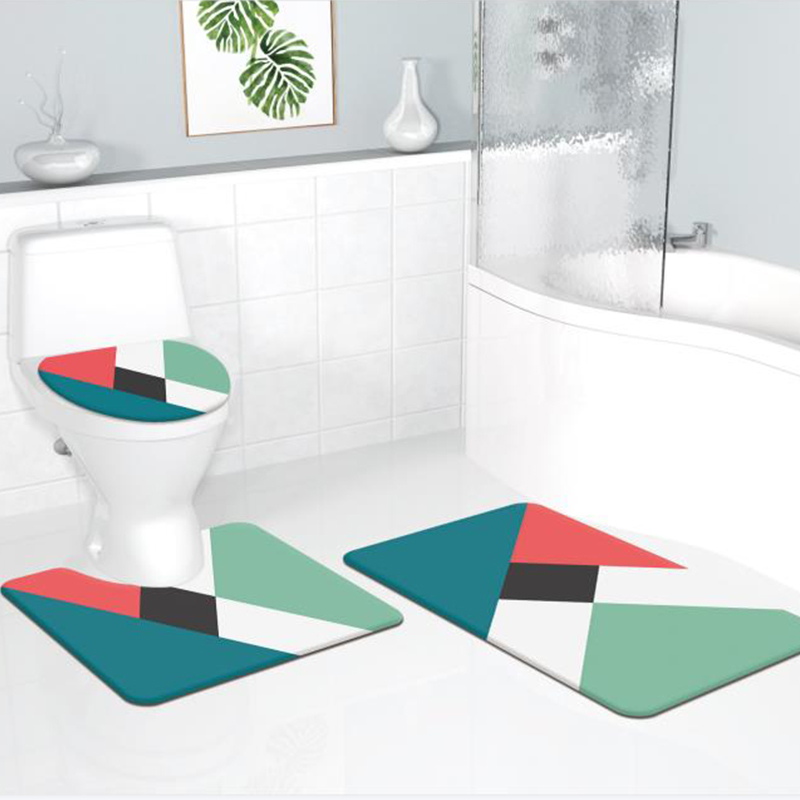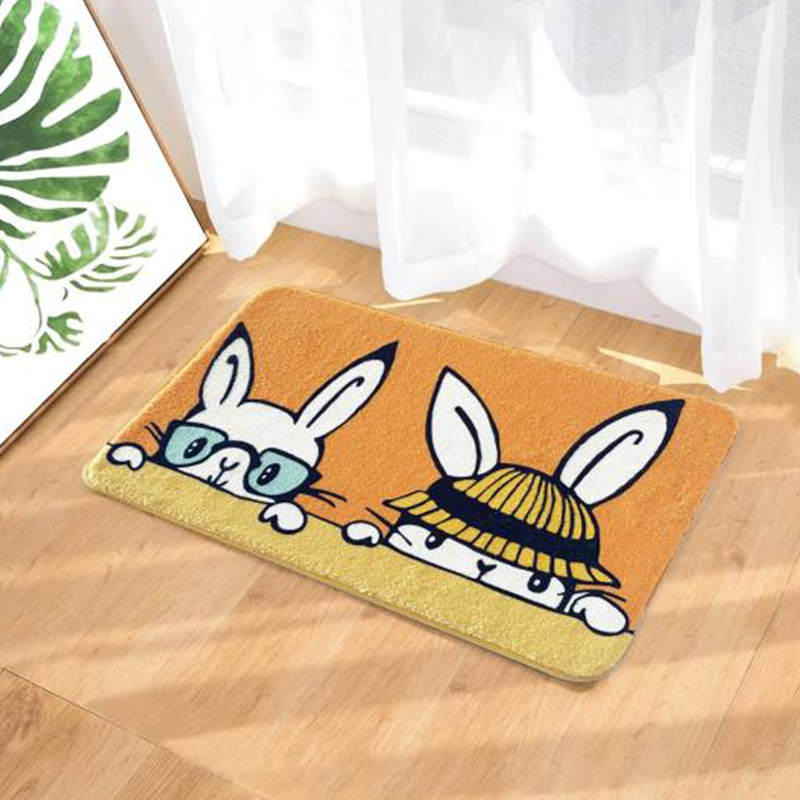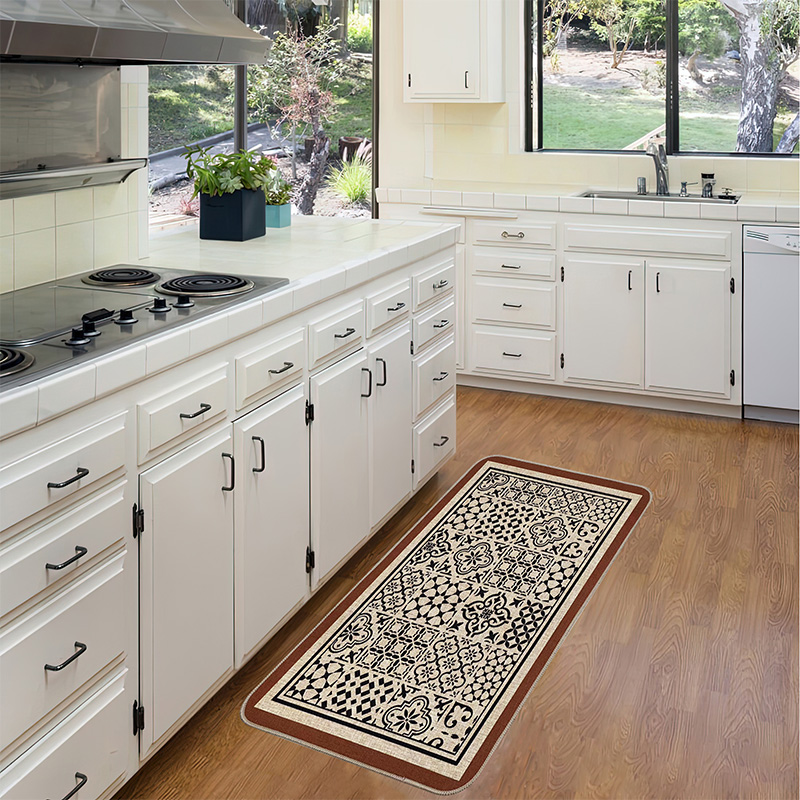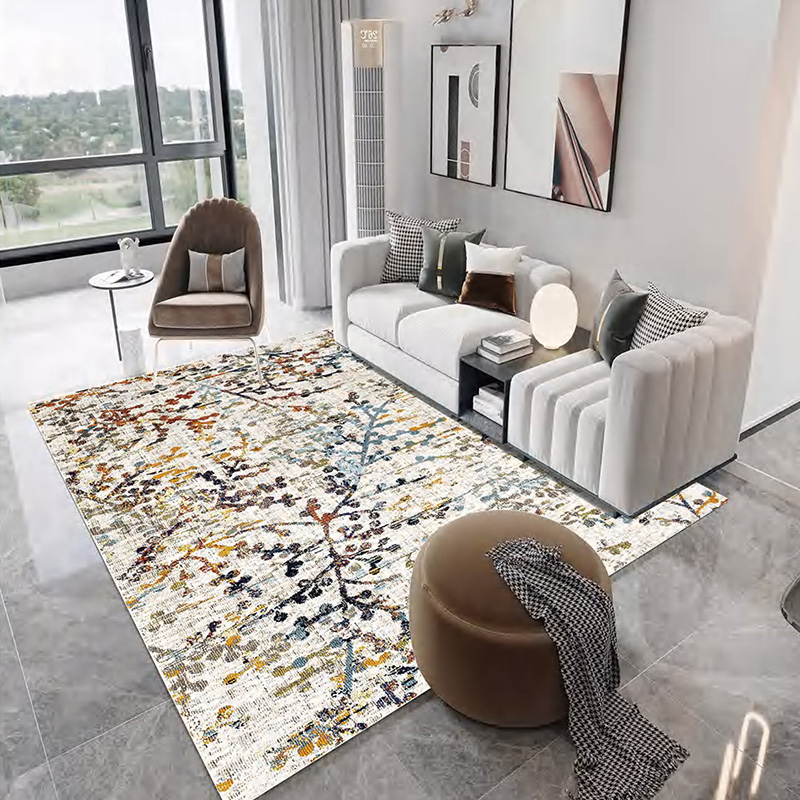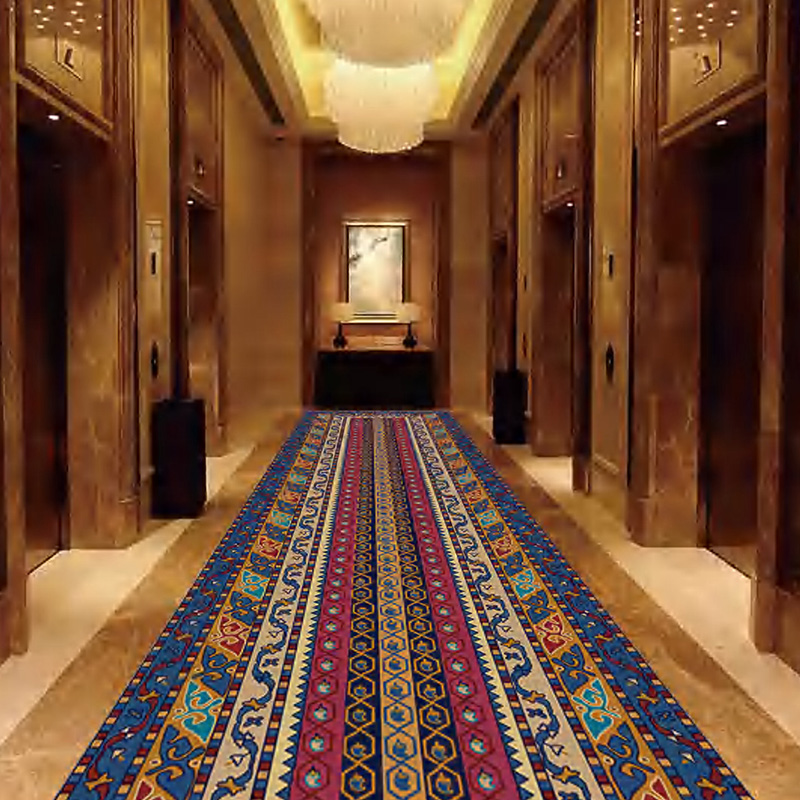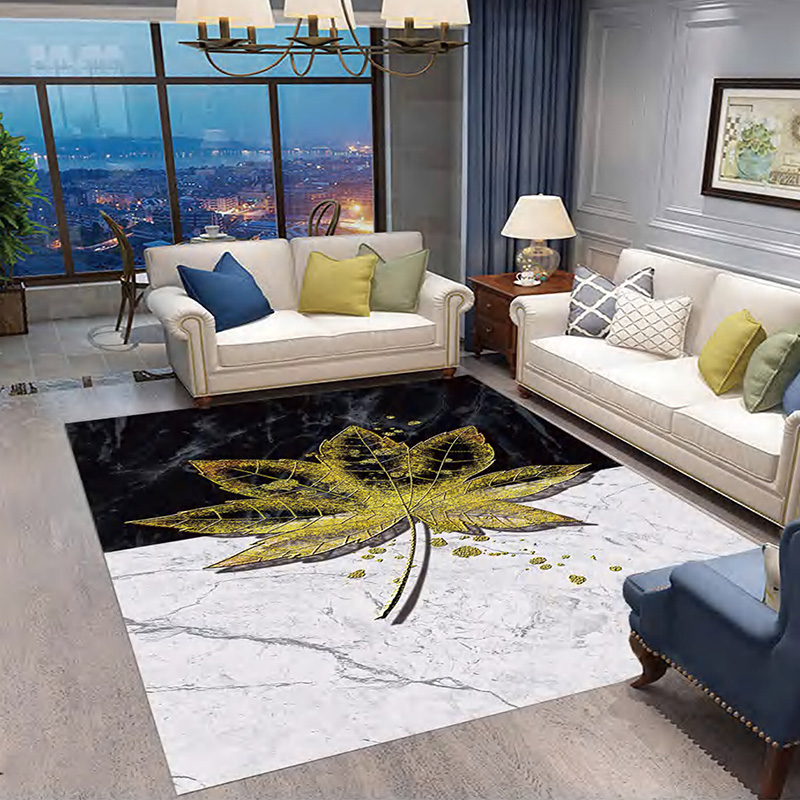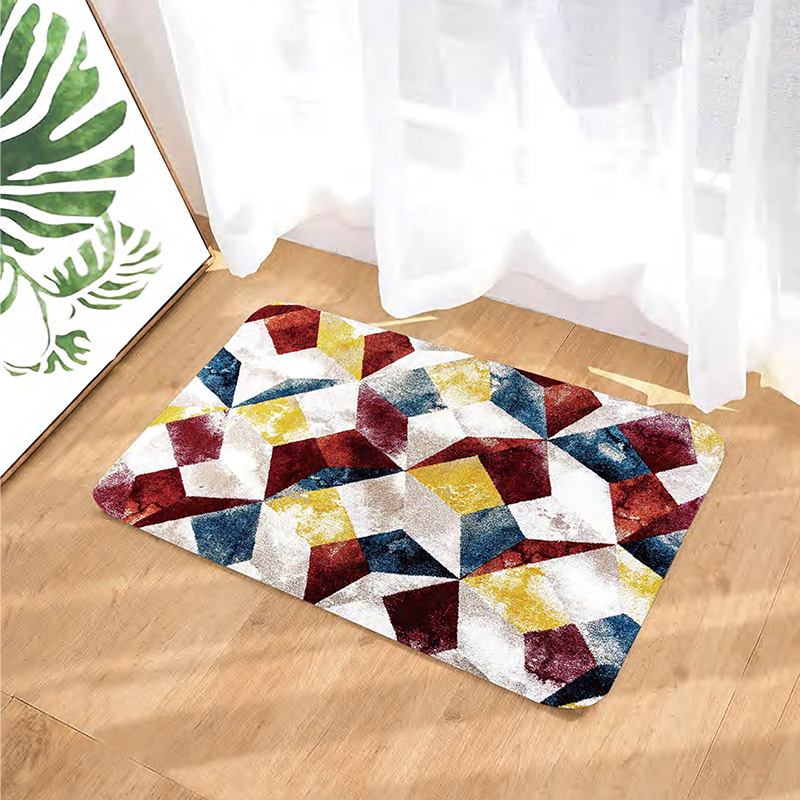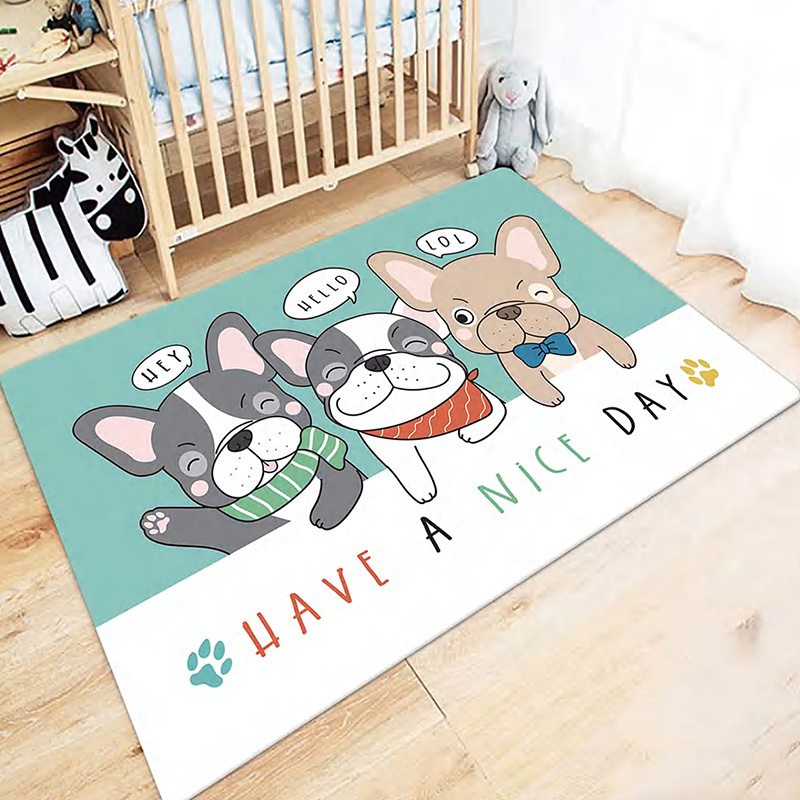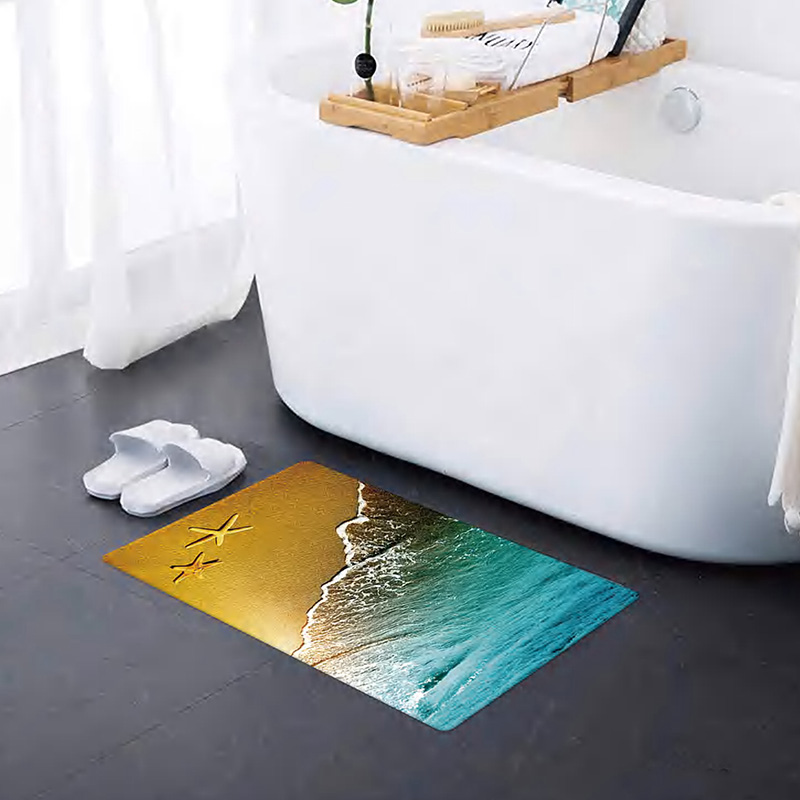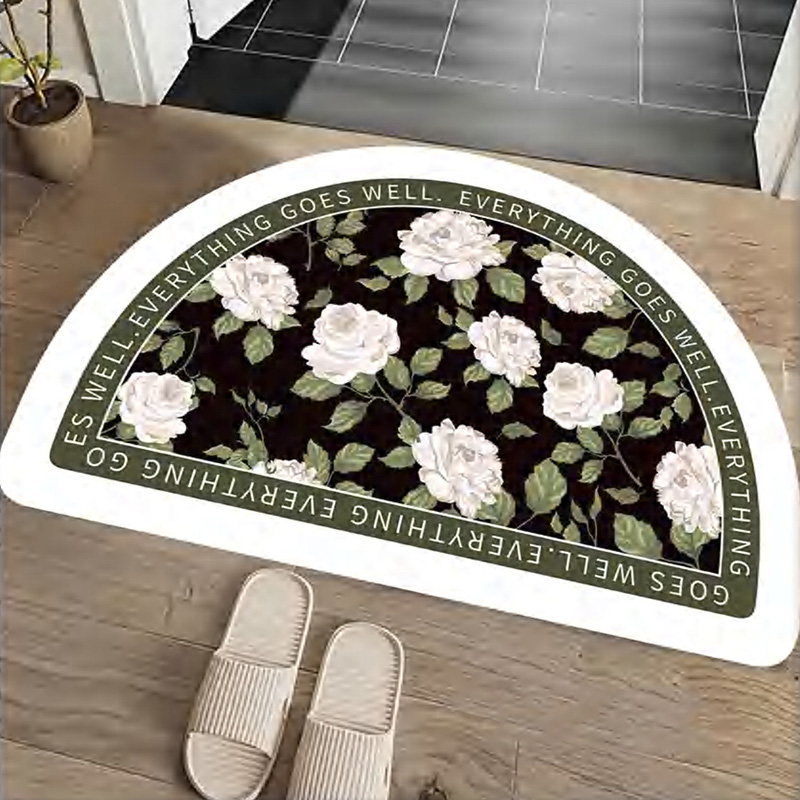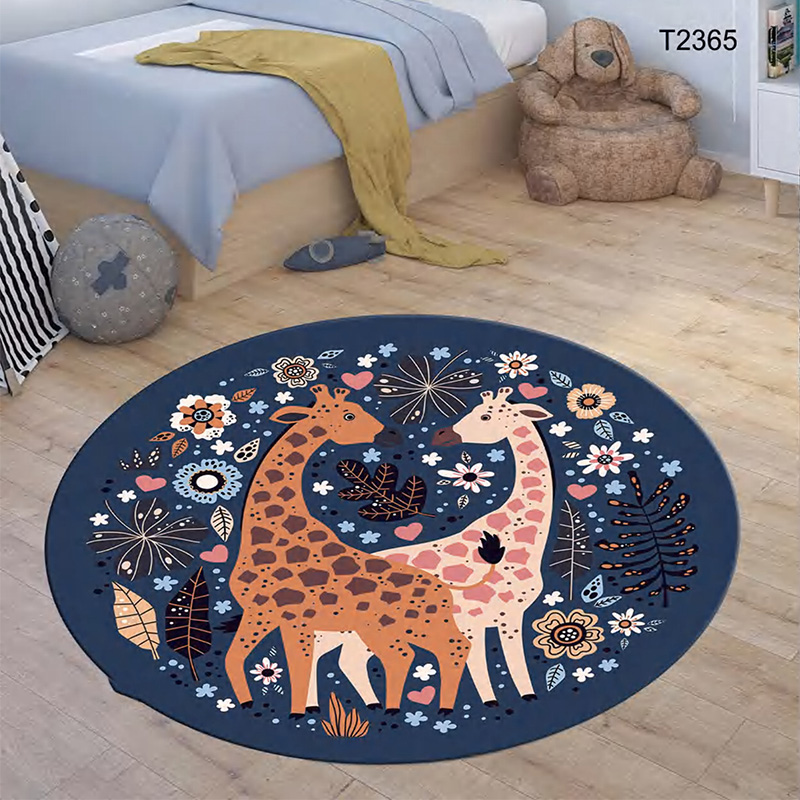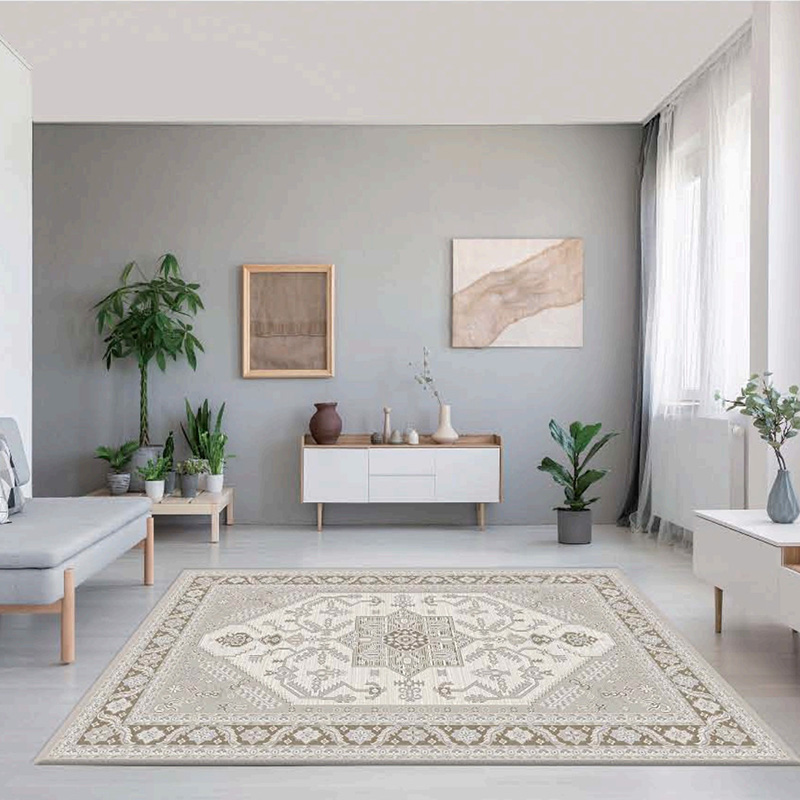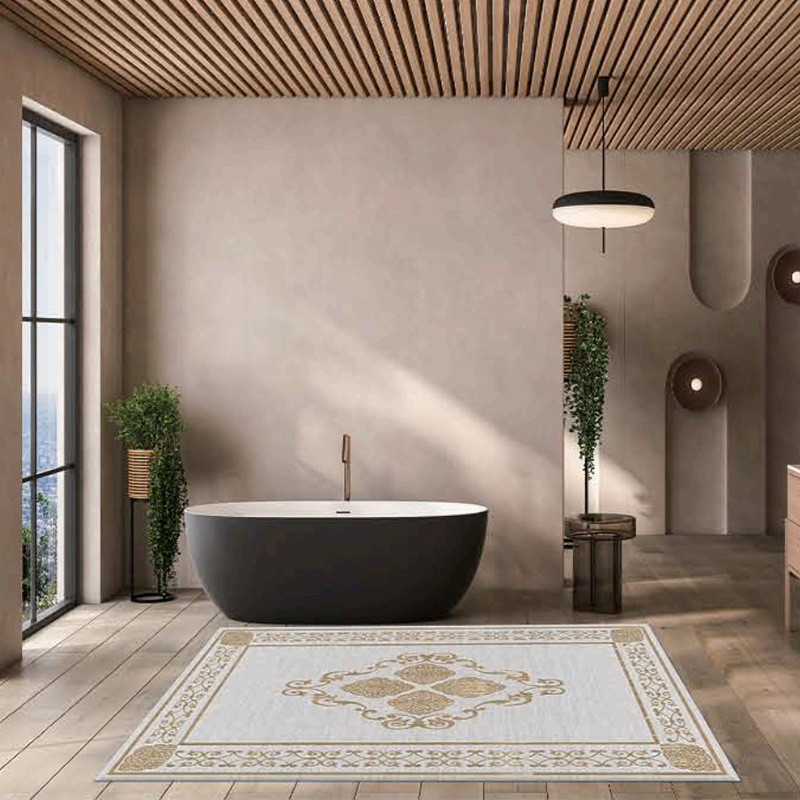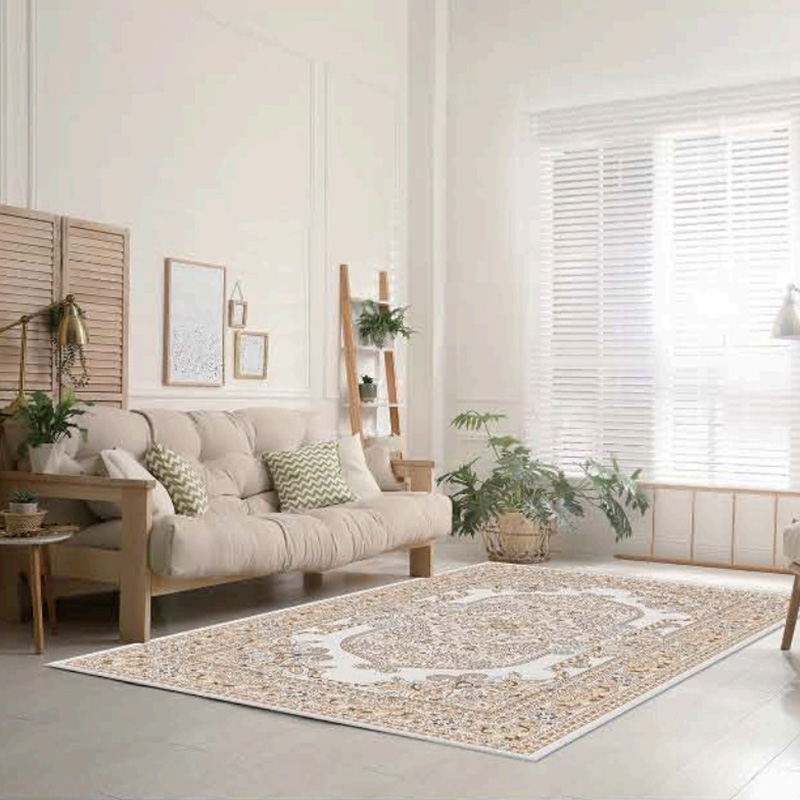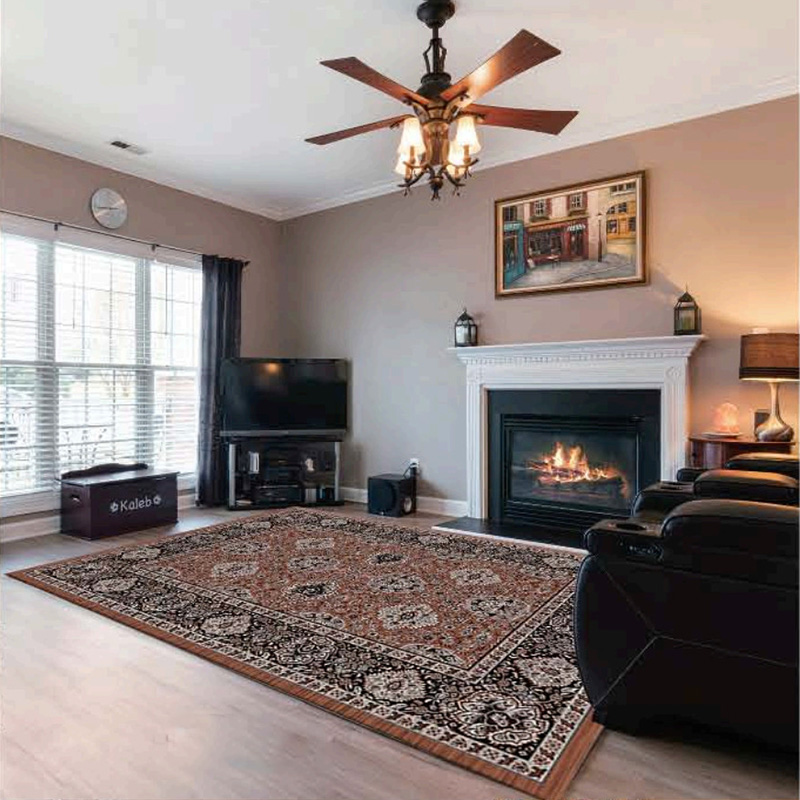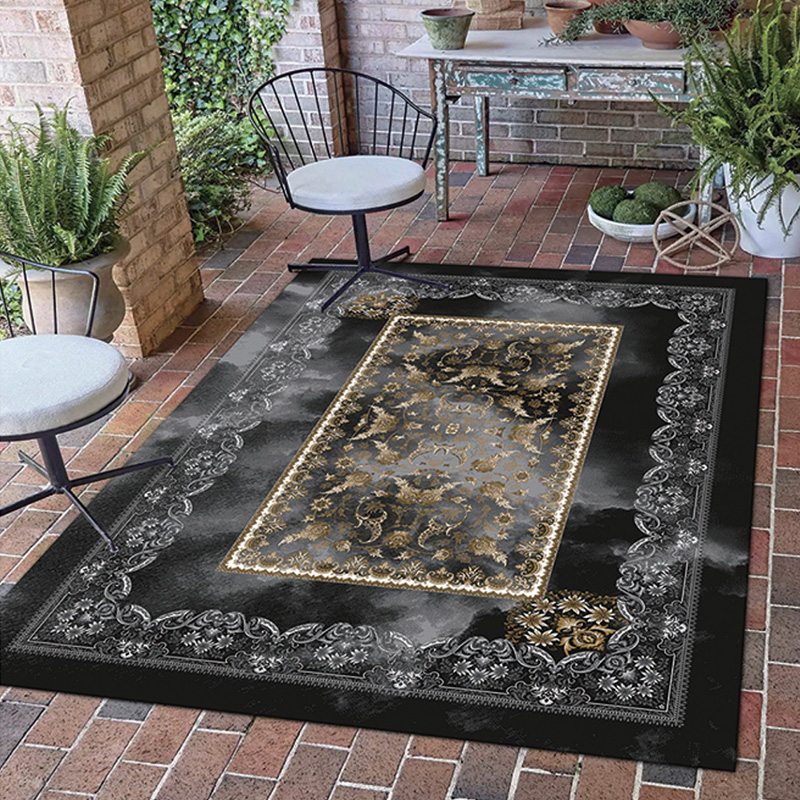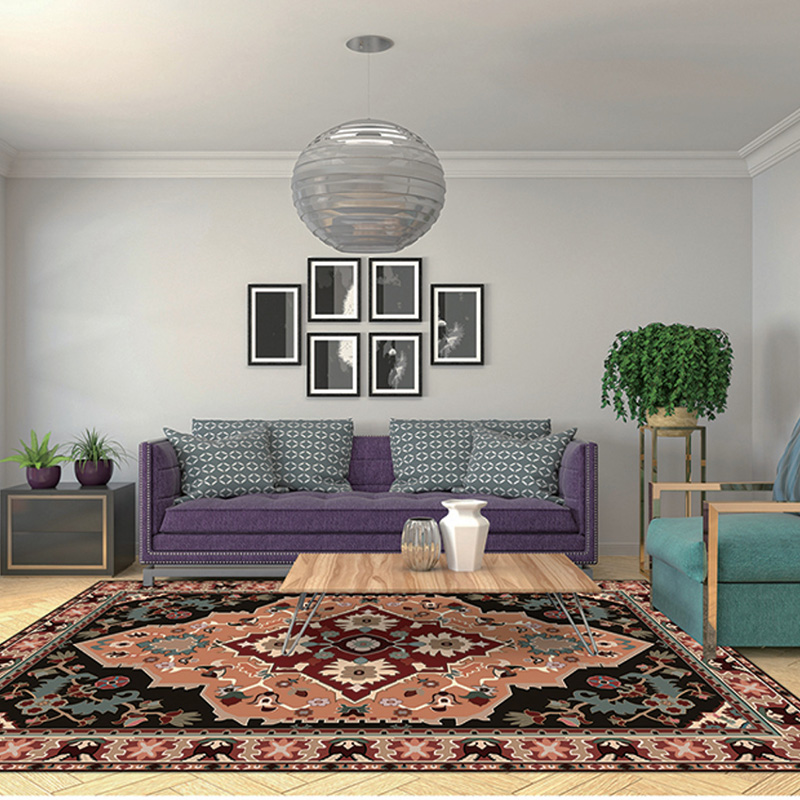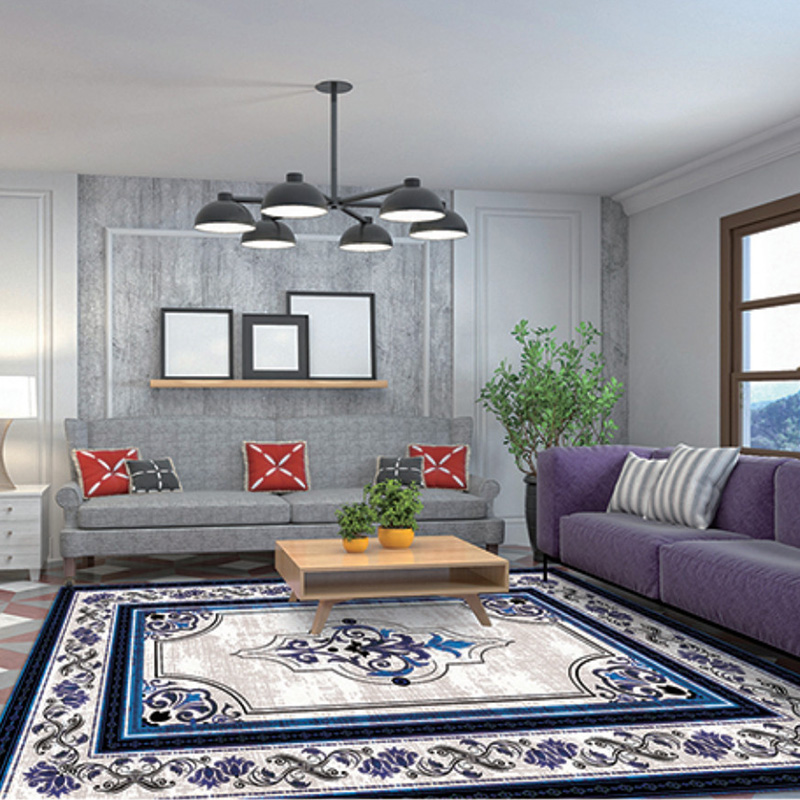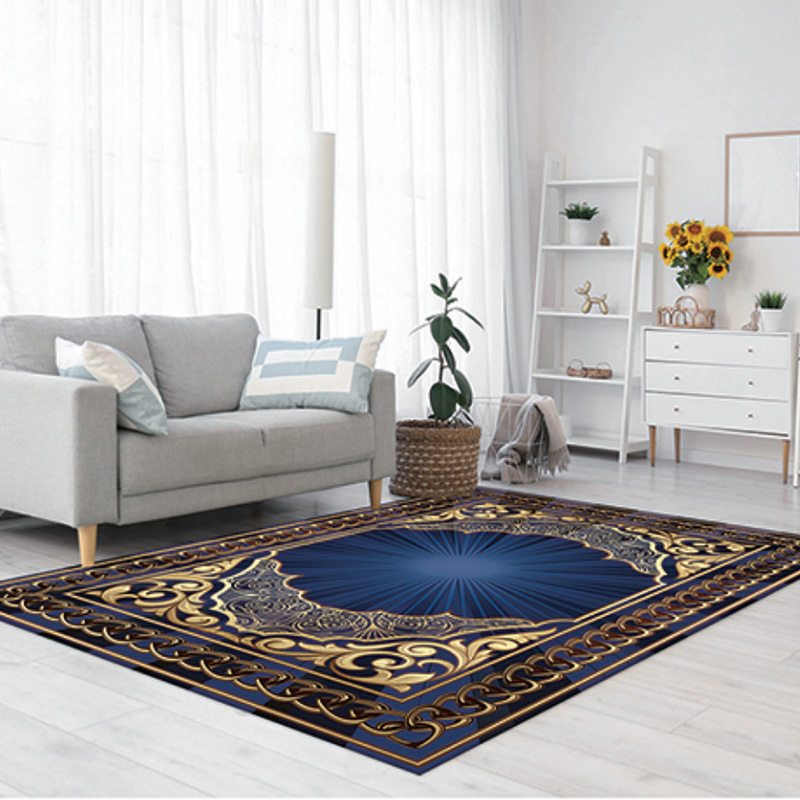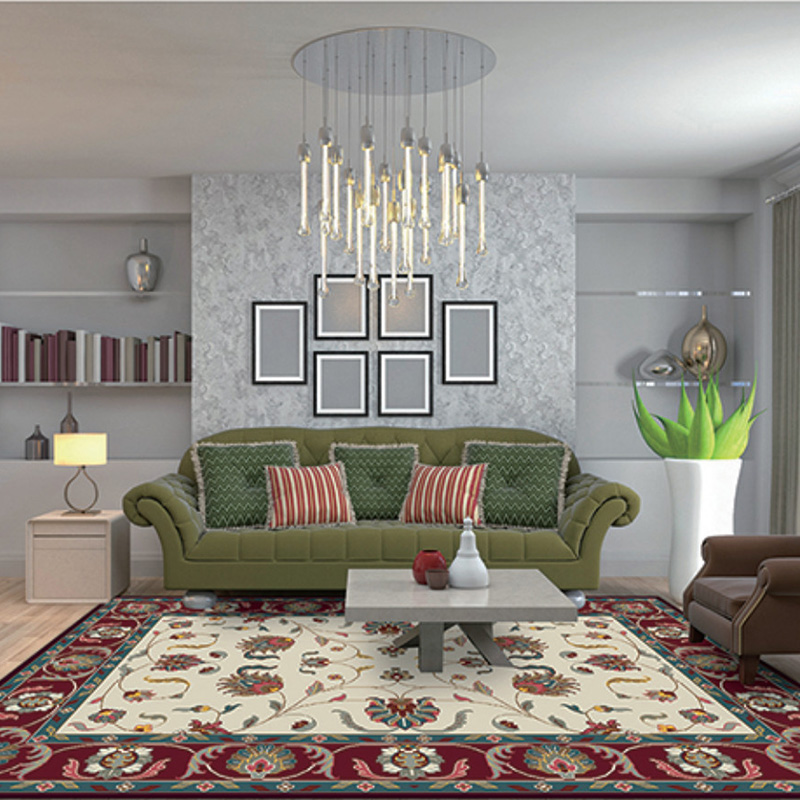In recent years, vintage rugs have experienced a resurgence, becoming a sought-after staple in both residential and commercial interior design. These rugs, often prized for their craftsmanship, unique patterns, and rich history, are redefining how consumers and designers approach floor coverings. As sustainability and authenticity gain prominence in home decor, vintage rugs are positioned to meet modern tastes for character and environmental consciousness.
The Allure of Vintage Rugs
Vintage rugs carry stories woven into their fibers, evoking a sense of nostalgia and cultural heritage that modern rugs sometimes lack. Collectors and interior designers alike value these pieces for their artisanal quality, intricate designs, and the patina that comes with age.
Unlike mass-produced rugs, vintage options showcase unique dyeing techniques, hand-knotting, and regional artistry. Whether Persian, Turkish, Moroccan, or Caucasian, each rug reflects the traditions of its origin, making every piece a one-of-a-kind work of art.
Market Drivers Behind Vintage Rug Popularity
Several key factors contribute to the booming interest in vintage rugs:
Sustainability Movement: Consumers increasingly seek eco-friendly choices. Vintage rugs, being pre-owned, promote reuse and reduce waste compared to new rug production.
Desire for Authenticity: Modern buyers want authentic, handcrafted goods that carry heritage and character rather than factory-made uniformity.
Versatility in Design: Vintage rugs blend well with contemporary, eclectic, bohemian, and classic decor styles, providing warmth and personality to any space.
Investment Appeal: High-quality vintage rugs often appreciate in value, attracting buyers looking for both decorative and financial assets.

Customization and Storytelling: Each rug tells a story, allowing homeowners to personalize interiors with meaningful decor that resonates beyond aesthetics.
Trends in Vintage Rug Design and Usage
Current design trends highlight vintage rugs in new and exciting ways:
Layering: Combining vintage rugs with modern carpets or hardwood floors creates depth and texture in living spaces.
Mixed Styles: Designers pair vintage rugs with sleek furniture and minimalistic decor, creating an intriguing contrast.
Wall Hangings: Antique rugs are also repurposed as art pieces, adding visual interest and preserving their condition.
Outdoor Settings: Some vintage rugs are adapted for use in covered patios or sunrooms, bringing indoor charm outside.
Restoration and Repurposing: Antique rug restoration is a growing niche, with experts cleaning, re-dyeing, and repairing treasured pieces for new life.
Market Size and Economic Impact
The vintage rug market has expanded significantly, driven by both direct consumer sales and the growing presence of vintage rug dealers, auction houses, and online marketplaces. According to industry reports, the global area rug market—including vintage segments—is projected to grow annually by 5-7% over the next five years, with vintage rugs capturing an increasing share due to consumer demand for unique products.
High-net-worth individuals, interior decorators, and boutique hotels contribute to this trend by investing in vintage rugs to impart character and luxury. Moreover, e-commerce platforms have made vintage rugs more accessible globally, with online auctions and curated collections enabling buyers to discover finds beyond geographic limits.
Challenges Facing the Vintage Rug Industry
Despite its appeal, the vintage rug market faces several challenges:
Authenticity Verification: With growing demand, counterfeit and misrepresented rugs can enter the market, necessitating expert appraisals.
Pricing Complexity: Vintage rug pricing depends on provenance, condition, rarity, and age, making the market sometimes confusing for buyers.
Condition and Maintenance: Older rugs often require delicate restoration and ongoing care, which can be costly and time-consuming.
Supply Constraints: As vintage rugs are finite, availability fluctuates, particularly for highly sought-after styles and periods.
Environmental Considerations: While vintage rugs promote reuse, restoration processes sometimes involve chemical treatments that require environmental oversight.
Innovations and Industry Adaptations
The vintage rug industry is evolving to address these challenges and capitalize on emerging opportunities:
Certification Programs: Some dealers and platforms offer authentication certificates and detailed provenance histories to build buyer trust.
Digital Platforms: Virtual showrooms, augmented reality apps, and online rug configurators help customers visualize vintage rugs in their spaces before purchase.
Sustainable Restoration: Advances in eco-friendly cleaning and dyeing methods are improving restoration quality while environmental impact.

 英语
英语 阿拉伯语
阿拉伯语 德语
德语
